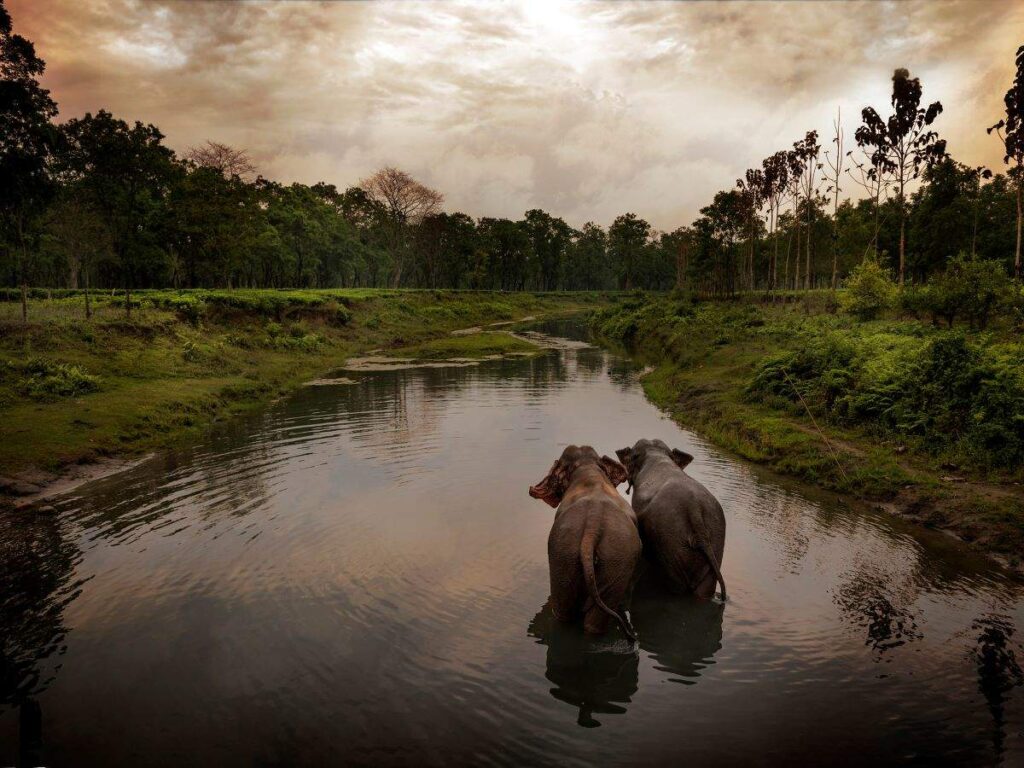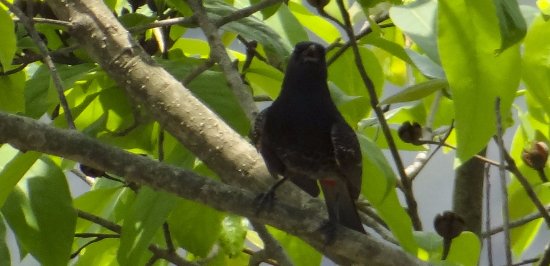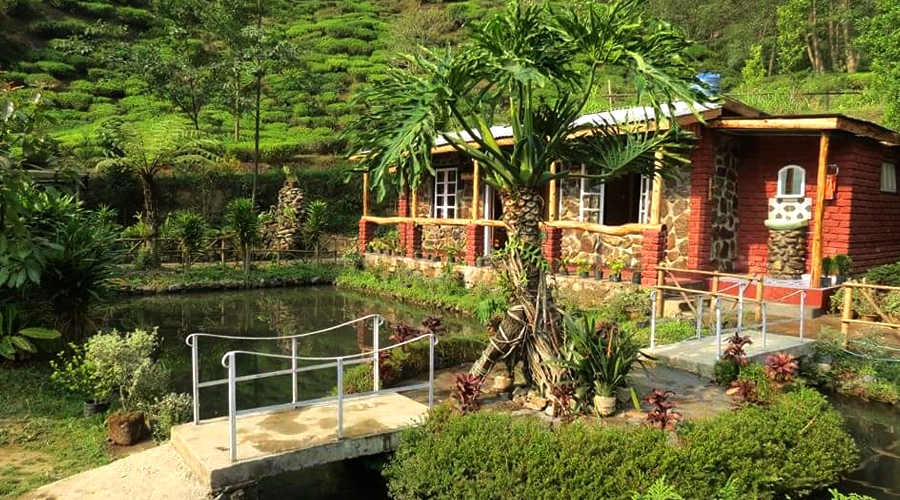Overview:-
Manas National Park is famed for its endangered endemic wildlife; with the main attraction being the one-horned rhinoceros. This scenic sanctuary has earned the status of a UNESCO Natural World Heritage Site. A famed Project Tiger Reserve, its lies alongside the majestic Manas River. Exceptionally important, Manas is situated in North-East India’s Assam and shares a northern international border with the kingdom of Bhutan. Being flanked on the northern end by the imposing Bhutan hills and presence of serene grasslands present a spectacular wilderness experience.
Manas River, along with influencing the park’s name also serves as an international border between the sovereign states of India and Bhutan. The tumultuous river, rushing through the park’s western end, joins the legendary Brahmaputra downstream. Awarded with several international and national designations, Manas national park is offered the highest legal protection under various provisions of Indian Wildlife (Protection) Act, 1972. A lot of renowned conservation organizations support the park in maintaining an efficient work procedure. Witnessing the royal tiger and the elusive rhinoceros in the environs sends a chill down the spine along with creating a mystical ambience.
Situated in the foothills of Eastern Himalayas of western Assam, Manas National Park surrounds Chirang, Darrang, Kokrajhar, Udalguri and Baska districts of Assam. Manas Wildlife Sanctuary is separated into three ranges namely Bansbari (Central), Panbari (Western), and Bhuiapara (Eastern). The park is spread in the area of 950 sq km and the height is around 61-110 meters above msl (mean sea level).
History:-
The name of the national park was originated from the Manas River, which is identified after the serpent goddess Manasa. The river is great tributary of river Brahmaputra that passes via the core of the national park. Earlier, the park was announced as a sanctuary on 1st October, 1928, which was spread in 360 sq. km of area. Prior to sanctuary, it was named as Manas R.F. and North Kamrup R.F as it was reserved forest. In the year 1951 and 1955, the forest area was increased to 391 km² and Manas Bioreserve made in the year 1973. In 1985, the park was declared as Natural World Heritage Site by UNESCO.
Later in the year 1990, Kahitama R.F. and the Panbari R.F. were also included to create Manas National Park. But in 1992, UNESCO confirmed the park as world heritage site in danger because of hunting and terrorist actions. In the year 2008, the area was suddenly increased to 950 km² in the month of February. Recently, UNESCO has removed its name from the list of World Heritage in Danger on 21 June 2011, and was much-admired for its efforts in protection.
Itinary:-
One Day Itinerary
Start your day at 5:00 AM by taking an elephant ride. It will be 1-2 hour trip. After this, you can take a walk along the river banks. Then visit the Manas Maozigendri Ecotourism Society where you can eat traditional Bodo style lunch and enjoy their music and dance. After lunch, you can go for river rafting which will take 2-3 hours. In the end, take the jungle safari to enjoy bird watching and sights of wild animals.
If you wish to cover the other spots such as Summer Palace and Panbang and spend more time in the jungle so you can spot more animals, then you should make a 2-3 days trip since it would be difficult to cover all spots in one day.
How to reach:-
By Air- The nearest airport is Guwahati (180 kms/5 hrs drive approx) Regular flights are also available from Bagdogra, New Delhi, Kolkata, Mumbai, Chennai, Bangalore, Hyderabad, Dibrugarh, Goa, Jorhat by Jet Airways, Indian Airlines (Air India), Indigo, and so on.
By Rail- Barpeta Road is the nearest railhead (32 km from Manas). Guhwati is another option to reach the park.
By Road- Guwahati is the nearest one to go by road as its only 176 kms (5 hours) away from Manas. The NH 31 connects Barpeta Road (22 kms) to Bansbari.
Other nearest routes to Manas include:
- Siliguri to Musa, Manas-326 Km
- Bagdogra to Musa, Manas-335 Km
- Kaziranga to Musa, Manas-401 Km
Number of days:-
one day.
Do’s & don’ts:-
Climate:-
At Manas, the minimum temperature touches 15degree Celsius whereas in summers the mercury can shoot up to 37 degree Celsius. The period between May and September witnesses tremendous rains.
Season:-
The best time to Visit the park is between the months October – April.
Stay here:-
If you want to visit Manas Tiger Reserve, make sure that you stay for couple of days at Mathanguri Forest Lodge situated just by the side of Manas river that divides Manas Nation Park and Royal Manas National park of Bhutan. In fact this is the only accommodation available inside the forest and that to in the core area. View from the balcony of the lodge is breath taking. You can get power from 6 to 10 pm through generator as there is no electricity connection. People of the forest lodge are quite friendly. You may not expect a great food, but is not bad either. You can have Jeep safari (even at night) or elephant ride. However, for elephant ride, you have to come back to the entrance (Bansbari) of the jungle by vehicle as it is 20 km from the place where you stay. The jungle is really nice. Like any other jungle, you may get to see animals if you are lucky. Major drawback of the place is to get booking at Mathanguri Lodge.



